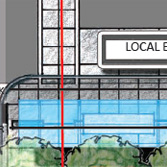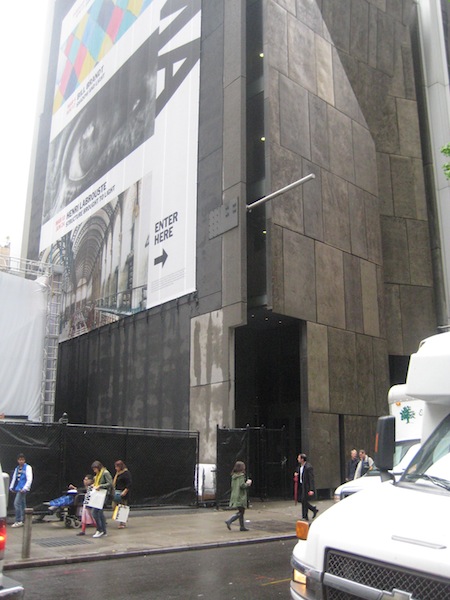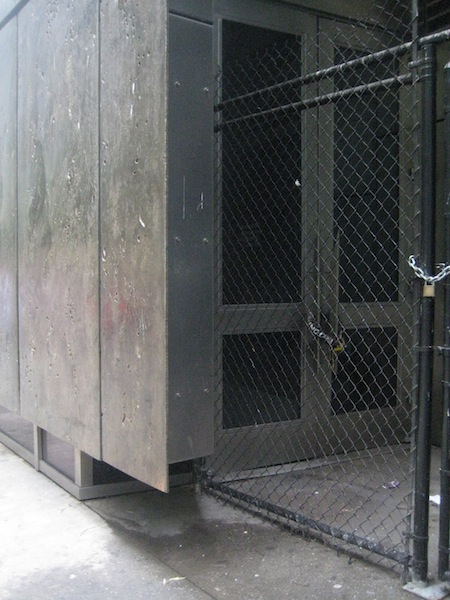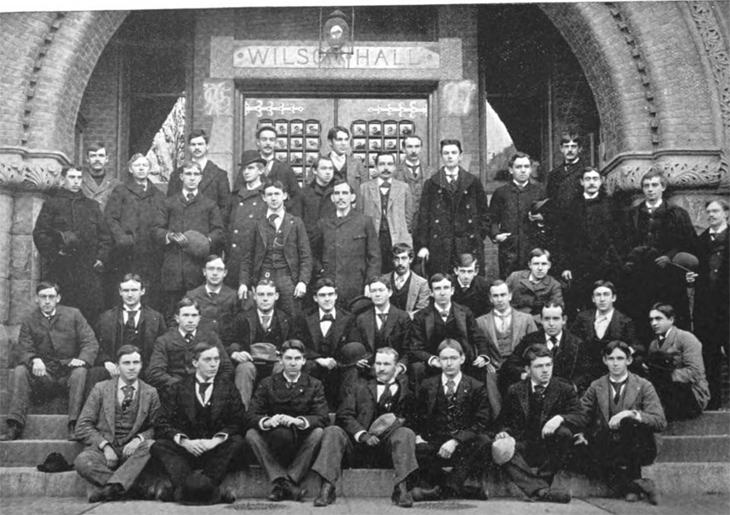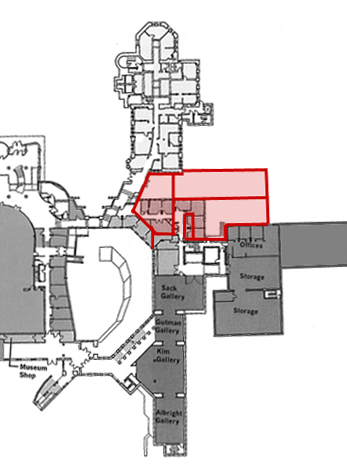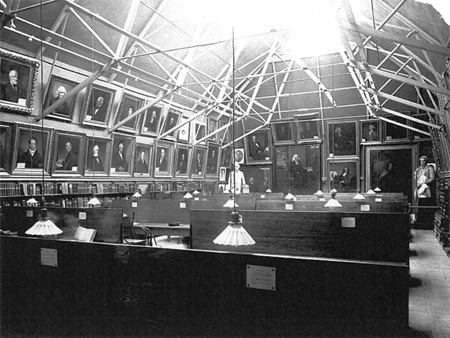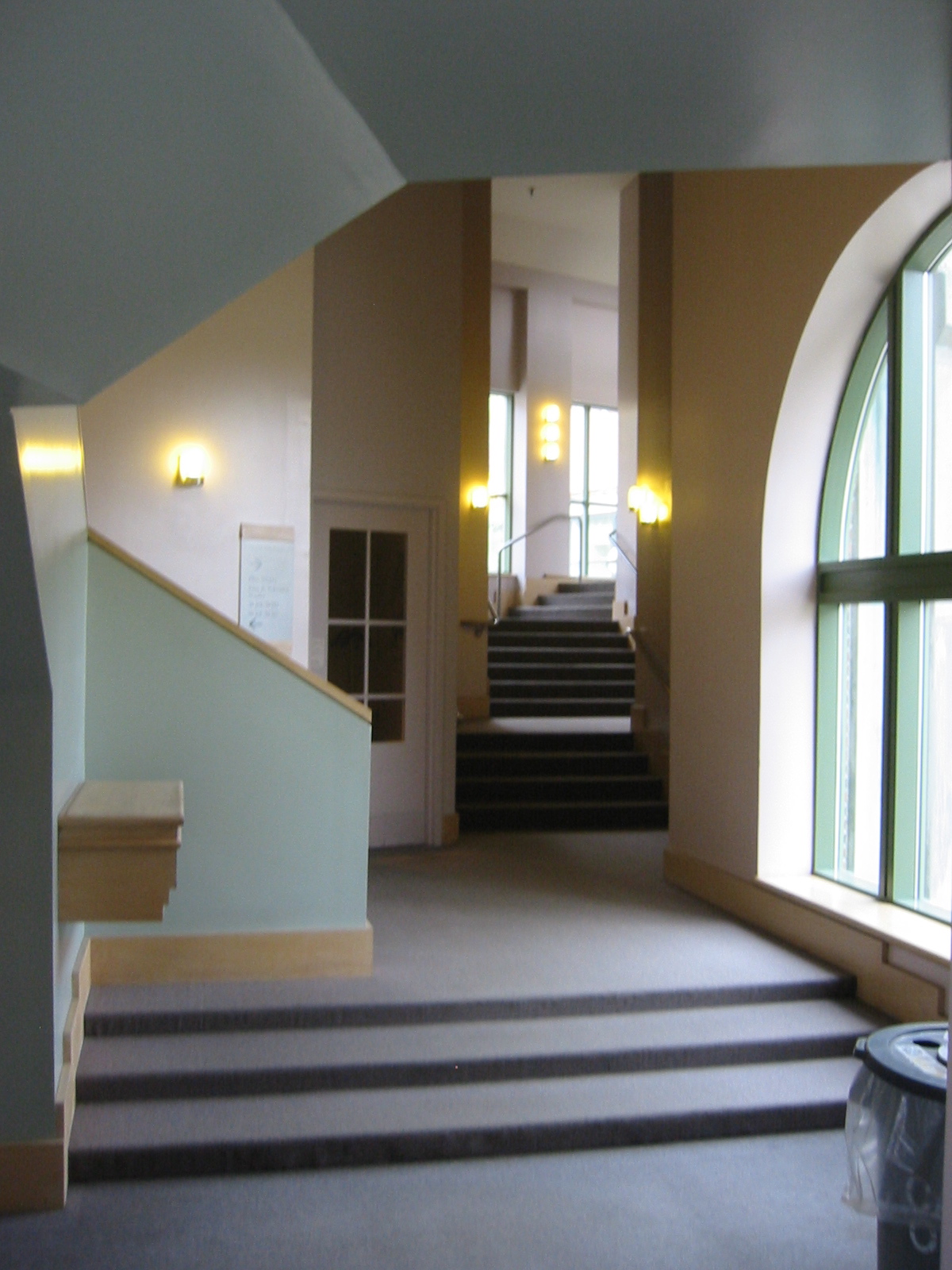See the latest version of Planning for Possibilities on the Presentations and Outcomes page. So far, the October 2020 draft plan and a slide deck have been posted.
The new master plan is very impressive.
The scope of the plan is impressive. It is the first master plan for the college to at least account for all college properties (the map on page 5 is zoomed out so far that it shows part of Canada) and the first plan to frame the campus in a regional context. Especially where transit is concerned, the Organic Farm and DHMC really do need to appear on the same map.
The document is more readable and less technical than its predecessors. Its creators made the interesting decision to use oblique aerial views exclusively — meaning that none of the proposals for development appear as flat “plans.”
The potential projects on campus look excellent. Placing a building on the lawn of Shabazz Hall makes so much sense. The natural site for a new physical sciences building beyond Burke of course requires yet another demolition of Dragon. The proposals for Bartlett and Wheeler additions are fantastic, with the latter being particularly bold. The natural row behind Mass Row could incorporate an abutment of, or at least an entry plaza for, the Cemetery Bridge at its south end. The Bema pavilion makes sense (maybe the place will see more use if it has a proper covered stage?), though erecting a frame building would be unusual in that space.
One might wish the planners had considered building on the vacant lots in front of Sanborn and south of Blunt as well. And why not show a building site on Berry Row between Kemeny and Moore? It has always been planned that way, even going back to VSBA days after the purchase of the hospital property. Oh well. (The plan also does not clearly note the anticipated Ledyard Canoe Club replacement, but that is not important.)
Here’s hoping that the college preserves the old frame buildings that are now standing on the various development sites. There are two buildings on the site behind Mass Row, two on the Choate Road corner, two in front of Thompson, and two on College Street next to Sudikoff. There is also a certain amount of appeal to the idea of saving Sudikoff itself, the village-like assemblage of brick house-forms, and of saving Raven, but neither building is of a scale to stand up to Moore Hall next door. Clearing the Sudikoff corner is the breaking of eggs to make an omelet in this plan.
The big question: Hilton Field (the western portion of the golf course)
The plan proposes that the oldest portion of the shuttered golf course be turned into an arboretum. This is a clever choice, especially given the neighborhood and its sensitivities. An arboretum really is typologically and functionally similar to a golf course or, for that matter, a city park or a cemetery. In the end, this minor change in use might amount to nothing more than ceding the land to nature as at the adjacent (and intermingled!) Pine Park. And yet an arboretum will not take Hilton Field off the table for some distant future development if it is needed. Still, the college would probably be remiss not to put a half-dozen houses for sale to faculty along Hilton Field Road at the same time it lays out the arboretum. What an opportunity!
East and North of the Green
The Thel sculpture is not mentioned, but it might be endangered:
Fairchild Field
A new shared surface for cars, pedestrians, and bikes, in lieu of a vehicular access road, creates better pedestrian connections between the Physical Sciences Complex and the Historic Core.
Anything that replaces the access road would be an improvement.
The plan devotes a great deal of attention to Fairchild Tower. It proposes a new interior stair and a bridge (to Wilder, presumably). Fairchild has always seemed a chilly, hollow signpost, but the illustrations in the plan remind us of how stylish it is.
Moving south across Wheelock Street, the big Vox Lane redevelopment image shows McKenzie and the Store House as not only preserved but expanded vertically into a “wellness” building — fantastic. That will be one of the most architecturally interesting buildings on campus. (This proposal was not included in an August presentation image and thus seems to be a recent inspiration.)
South of the Store House is shown a parking garage on the FO&M corner. Fine, but one hopes that it will have retail uses on the ground level. It could make for a neat visitor entry to campus: you drive to town, park in the garage, follow the signs to the back door of Wilson Hall — the new admissions office, in this plan — and when you embark on your campus tour and pass through Wilson’s great arch you see the Green laid out before you.
It is good to see the athletics promenade alongside Leverone (page 52). And Piazza Nervi is on the map, described this way:
Park St Gateway
A gracious gateway to athletics and the campus visually connects the Leverone Fieldhouse and Thompson Arena, both historic modernist structures designed by Pier Luigi Nervi.
That “gateway” project would move the two houses currently blocking the view of Thompson Arena and, interestingly, would add a roadway in front of Thompson. Clever: lining a lawn with streets sets it off as a public space, a public green.
North Campus
The architects’ image of a Maynard Street Green on page 45 looks like a Currier and Ives print.
The plan mentions the possibility of moving all existing uses out of the Rope Ferry Road buildings and turning the buildings into graduate dorms. Interesting! But wait, do they mean vacating Dick’s House too? They do, apparently — which would be too bad. Would there be any infirmary on campus, or have student health services become a collection of vending machines? Presumably the infirmary would go to the “wellness” building at McKenzie. If that is what it takes to save McKenzie, then so be it.
And beyond: Land banks on Lyme Road
The new buildings north of the Class of 1978 Life Sciences Center are a great start, and there could be many more here. Dewey Lot has so much space, as stated in the report, and so much potential. The depression here creates a fantastic opportunity for an extensive below-grade parking deck. As stated on this site in the past, however, the functions placed here should not be college-related. This is no more a part of the campus than is the CVS (Grand Union) building, and college ownership of this site does not change that fact.
Moving up along Lyme Road outside of town: The two alternative land bank locations labeled “Site 1” will inevitably be suburban and oriented to Lyme Road, notwithstanding the plan’s idealism about self-driving cars. They really will have parking lots, because they will become office parks and convenience stores. As far as the choice between near and far, the farther site, next to the fire station, seems preferable. There is less chance that it will contain anything that undergraduates would need to visit.
More on the two locations of Geisel, the Grand Limited-Access Road, and the rest of the plan in a future post.
